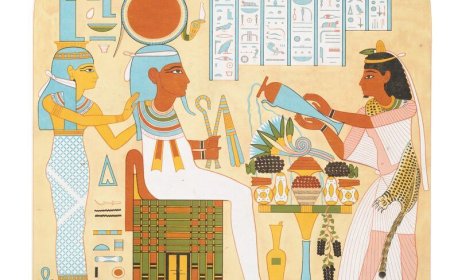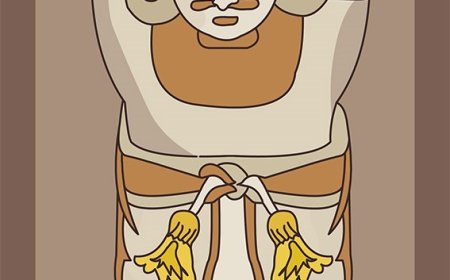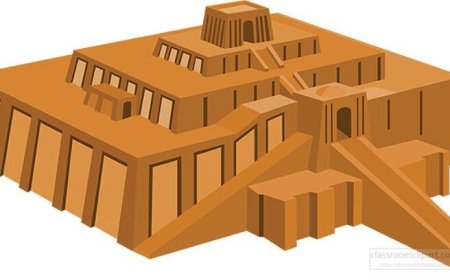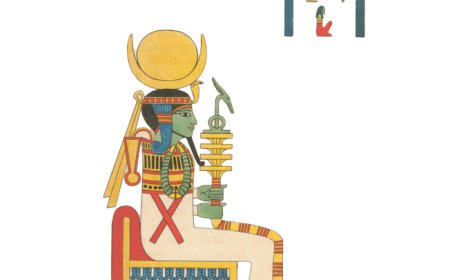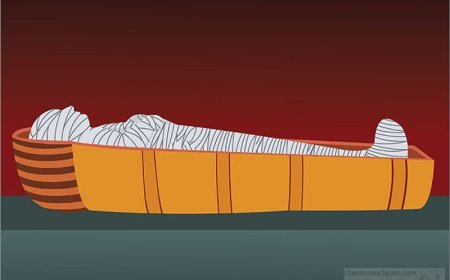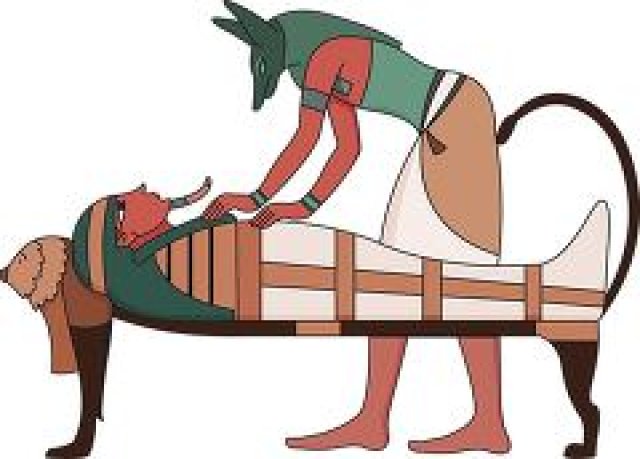Nile River of Ancient Egypt Lifeline of a Nation
Discover how the Nile River made Ancient Egypt possible by providing water fertile soil food transportation and trade for one of historys greatest civilizations
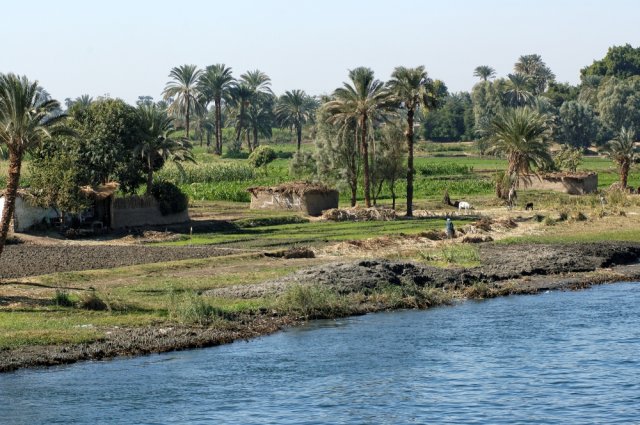
🌟 Introduction
The Nile River was the heart of Ancient Egypt. Stretching more than 4,000 miles, it is the longest river in the world, and in Egypt it created a narrow green valley surrounded by desert. Without the Nile, there would have been no Egyptian civilization. Each year, the river flooded, leaving behind rich soil that allowed farmers to grow crops. The Nile provided water, fish, transportation, and trade routes. Pharaohs, farmers, and priests all depended on the river for survival, making it the true lifeline of Egypt.
🔍 What was the Nile River in Ancient Egypt?
The Nile River was the source of water and fertile land for Egypt. Flowing north into the Mediterranean Sea, it flooded every year, soaking the land with water and leaving black silt for farming. This natural cycle turned the desert into farmland. The river also gave Egyptians fish to eat and reeds like papyrus for writing.
🌍 Why was the Nile River Important in Ancient Egypt?
The Nile River was important because it supported farming, trade, and daily life. Farmers grew wheat, barley, and flax along its banks. Boats traveled the river, carrying people and goods between cities. The Nile also influenced religion - Egyptians believed the god Hapi controlled the floods, and temples were often built nearby. Without the Nile, Egypt would have remained a desert instead of one of the world's greatest civilizations.
🧪 The Nile River in Daily Life
Daily life in Egypt revolved around the Nile. Farmers used simple canals and irrigation ditches to bring water to their fields. Fishermen caught Nile perch and tilapia to feed families. Children swam and played along the riverbanks. Merchants loaded boats with goods like grain, papyrus, and gold to trade with other regions. Festivals celebrated the yearly flood, thanking the gods for life-giving water.
📜 Projects and Life Along the Nile
-
Irrigation Canals: Egyptians dug channels to bring water to farmland.
-
Shaduf: A simple hand-powered tool used to lift water from the Nile into fields.
-
Temples and Cities: Many were built along the riverbanks, including Thebes and Luxor.
-
Transportation: Boats carried stone for pyramids, trade goods, and people along the river.
-
Trade Routes: The Nile connected Egypt to Nubia and the Mediterranean, spreading culture and wealth.
✨ Fun Facts
-
The Nile flows from south to north, unlike most rivers.
-
Ancient Egyptians called it "Ar" or "Aur," meaning "black," after the dark soil it left behind.
-
The yearly flood was so reliable it was called the "gift of the Nile."
📌 Key Takeaways
-
The Nile River made Egyptian civilization possible.
-
It provided fertile soil, water, food, and transport.
-
Irrigation projects and trade flourished along its banks.
🐾 Kid-Friendly Summary
The Nile River was like Egypt's lifeline. It gave people food, water, and soil to farm. Egyptians used the river to travel, trade, and celebrate. Without it, there would have been no Ancient Egypt.
📚 Vocabulary Words
-
Irrigation: A system of bringing water to crops.
-
Shaduf: A tool for lifting water into fields.
-
Silt: Rich soil left after the Nile's flood.
-
Hapi: The Egyptian god of the Nile and its floods.
Interactive Quiz: Nile River of Ancient Egypt
-
What made farming possible in Egypt?
A) Desert winds
B) Annual floods of the Nile
C) Mountain streams
D) Rainstorms -
Which god was believed to control the Nile’s floods?
A) Ra
B) Osiris
C) Hapi
D) Anubis -
What is a shaduf?
A) A type of boat
B) A tool for lifting water
C) A festival for the gods
D) A kind of fish -
Which city was built along the Nile?
A) Rome
B) Luxor
C) Athens
D) Babylon -
Why was the Nile called the “gift of the Nile”?
A) It gave Egypt fertile soil and life
B) It provided gold
C) It created deserts
D) It made floods dangerous
Answers:
1. B) Annual floods of the Nile
2. C) Hapi
3. B) A tool for lifting water
4. B) Luxor
5. A) It gave Egypt fertile soil and life


















































